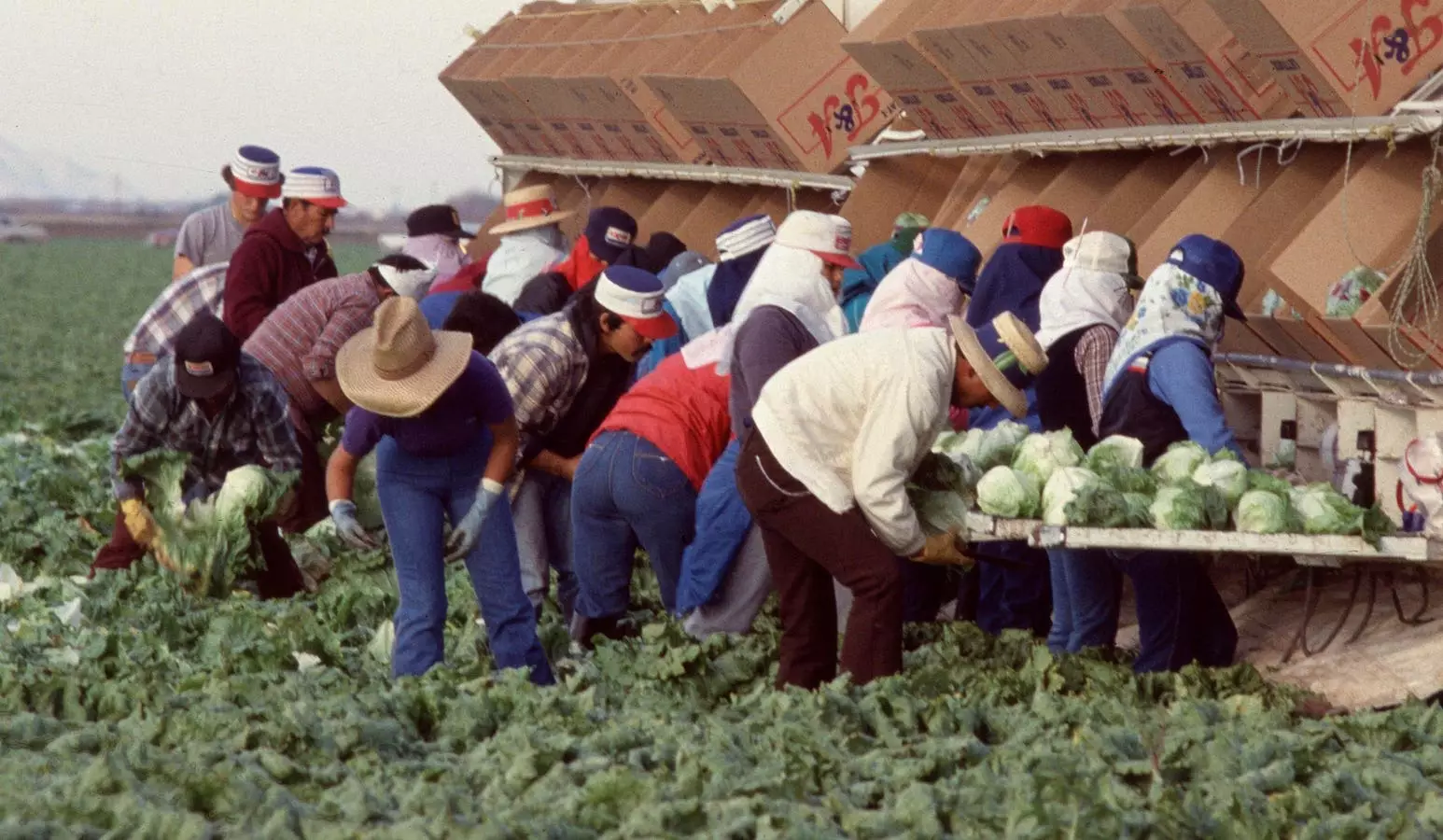The U.S. food industry, a cornerstone of national security and economic stability, is facing an unprecedented challenge rooted in federal policy shifts. The simultaneous push for immigration deportations and reforms to Medicaid work rules is creating a perfect storm that threatens to destabilize the entire supply chain. For decades, immigrant workers—predominantly undocumented—have been the backbone of American agriculture, meatpacking, dairy, and processing industries. Now, this vital workforce could be decimated, potentially bringing food production to a grinding halt.
Statistics illuminate the severity of the looming crisis. Nearly half of farm laborers lack legal authorization, and in meatpacking plants, estimates suggest that up to half of the workforce is undocumented. These workers perform physically demanding roles that are difficult to automate—highlighting how heavily the industry relies on this informal yet essential labor pool. The prospect of mass deportations, which could see 1 to 1.3 million workers removed from the system, raises the specter of widespread operational shutdowns, significant cost increases, and an erosion of food availability nationwide.
Govt. Proposals and Public Skepticism: A Disconnect from Reality
In a perplexing turn, some policymakers have floated the idea of replacing deported migrant workers with able-bodied Medicaid recipients. This suggestion—to use a large social welfare program as a makeshift labor force—has been met with widespread skepticism by industry leaders and policy analysts. The numbers tell a stark story: despite boasting 34 million Medicaid recipients, only a small fraction are unemployed, and even fewer are physically capable of undertaking strenuous farm or factory work. Realistically, only about half a million to three-quarters of a million Medicaid beneficiaries could serve as farm labor, leaving a gap of at least half a million workers that cannot be filled domestically without significant adjustment.
This disconnect reveals a fundamental lack of understanding among policymakers regarding the realities of rural labor markets. The labor shortages are not merely a matter of willingness but are rooted in the physical demands of agricultural work, geographic immobility, and skill gaps. As a result, relying on Medicaid recipients as a substitute is not a feasible solution but rather a political gimmick that risks further destabilizing the industry.
Industry Responses and the Search for Solutions
Facing an inevitable labor crunch, food businesses are already exploring alternative strategies, though solutions are far from perfect. Automation presents a logical but costly path; the technology needed to replace manual labor in harvesting, sorting, and processing is still under development and slow to implement at scale. For example, a peach picker or a lettuce harvester requires intricate machinery that has not yet become commercially viable across all sectors. The costs associated with automation, alongside operational delays, threaten to inflate production expenses significantly.
Expanding guest-worker programs like H-2A offers another avenue, but these programs are hampered by bureaucratic hurdles and capacity limitations. Streamlining the application process and increasing quotas could provide short-term relief, but political resistance and logistical challenges continue to impede swift reform. Meanwhile, labor shortages are already pushing companies to increase wages, invest heavily in automation, and rethink existing workforce models—all of which could lead to higher prices for consumers and reduced supply stability.
The Broader Economic and Social Ramifications
The potential fallout from these policies extends beyond individual farms or processing plants. Higher labor costs will likely be passed onto consumers, resulting in increased prices for everyday goods like produce, meat, and dairy. Supply chains could experience bottlenecks, leading to shortages of basic foods, particularly in fresh produce and red meats—staples in the American diet.
Moreover, industry leaders like Hamdi Ulukaya of Chobani are sounding the alarm, emphasizing that the food system’s viability depends heavily on immigrant labor. Without targeted policy reforms—such as expanding visa programs or providing local rural labor training—economic and social stability could be compromised. The risk is not only economic but also social, as food insecurity and inflation intensify.
The current policies risk creating a paradox: in trying to reduce immigration, the government may inadvertently induce greater dependence on costlier automation or foreign labor, both of which come with their own challenges. Ultimately, the dissonance between political rhetoric and economic realities threatens to undermine the stability of America’s food infrastructure at a time when resilience and adaptability are needed most.


Leave a Reply